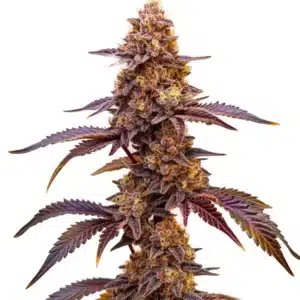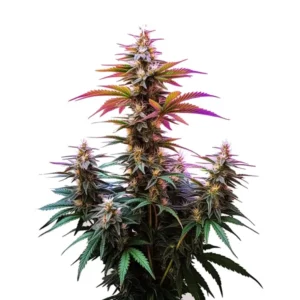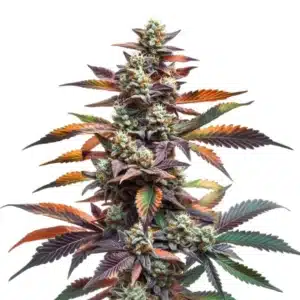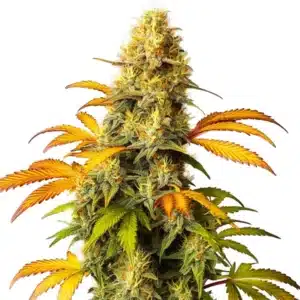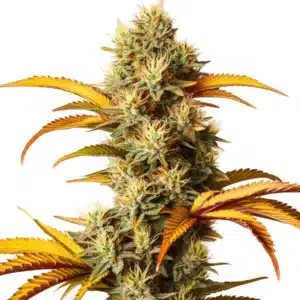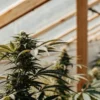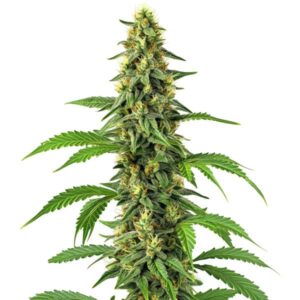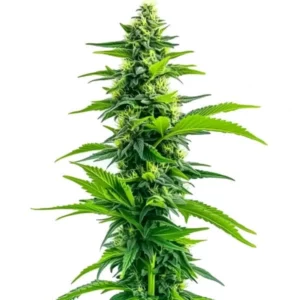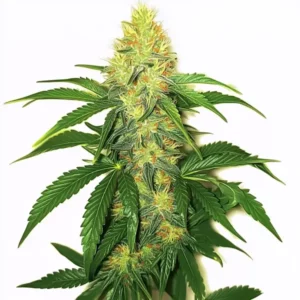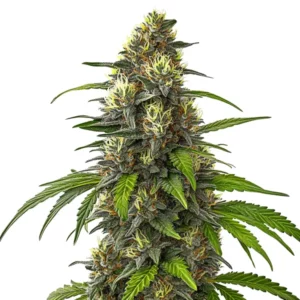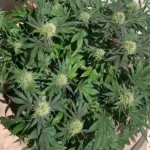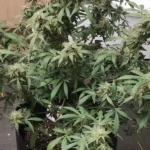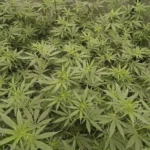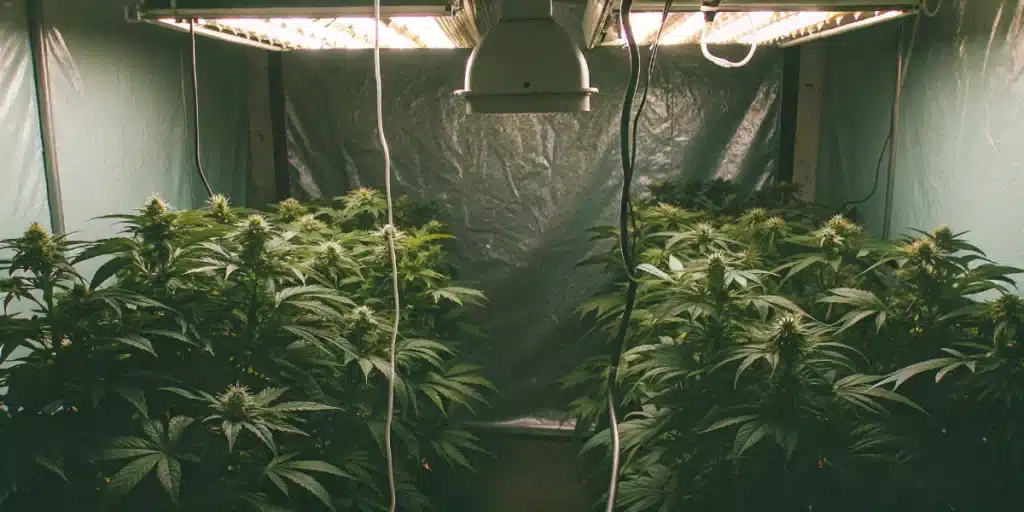
How to Grow Red Skunk Kush Autoflower
Red Skunk Kush Autoflower Description
Red Skunk Kush Auto is a robust and easy-to-grow cannabis strain, making it an excellent choice for both novice and seasoned cultivators. This strain boasts a genetic background of Red Hair Skunk crossed with Ruderalis, resulting in a predominantly Indica hybrid that flowers automatically without needing light cycle changes.
With THC levels ranging between 12% and 16%, Red Skunk Kush Autoflower delivers a mellow yet uplifting experience. Its effects include a balance of energy, euphoria, and relaxation, making it suitable for various recreational and medical uses. Additionally, its earthy and sweet flavor profile enhances the sensory experience, making each session enjoyable.
Recommended Strains
Red Skunk Kush Auto
|
|
THC | 12% - 16% (Low) |
|
|
Type | Autoflowering |
|
|
Yield | Medium |
|
|
Phenotype | 75% Indica / 25% Sativa |
Red Skunk Kush
|
|
THC | 14% - 18% (Medium) |
|
|
Type | Feminized |
|
|
Yield | Low |
|
|
Phenotype | 70% Indica / 30% Sativa |
Promos & Deals
Environmental Requirements for Growing Red Skunk Kush Autoflower
This strain thrives in a wide range of environments and adapts well to both indoor and outdoor cultivation. Maintaining optimal conditions ensures healthy growth and abundant yields.
Ideal daytime temperatures for Red Skunk Kush Autoflower range between 70°F and 80°F (21°C – 27°C). At night, slightly cooler temperatures help prevent stress. Consistent humidity levels are crucial, particularly during the flowering phase, where excessive moisture can lead to mold or bud rot. Aim for 50% humidity during flowering and around 60% in the vegetative phase.
Outdoors, this strain can be grown year-round in climates with mild winters, while indoor growers should provide strong LED or HPS lights to maintain rapid growth and dense bud formation.
Setting Up The Growing Space for Red Skunk Kush Auto
Indoor Cultivation Setup
Selecting a suitable grow tent or room is vital for controlling environmental factors. Use reflective materials like Mylar to maximize light efficiency and install a ventilation system to maintain airflow. Carbon filters can help reduce odor during the flowering stage.
Choose a well-aerated soil or hydroponic setup with a pH range of 6.0 to 6.5. Regularly monitor the pH and nutrient levels to optimize absorption. A 18-20 hour light cycle during the vegetative phase encourages healthy growth.
Outdoor Cultivation Setup
Find a sunny, sheltered location with nutrient-rich soil. Using large pots or raised beds improves control over soil quality. Implement protective measures, such as windbreaks, to safeguard plants from extreme weather.
Supporting branches with stakes or trellises is recommended to prevent breakage from the weight of mature buds.
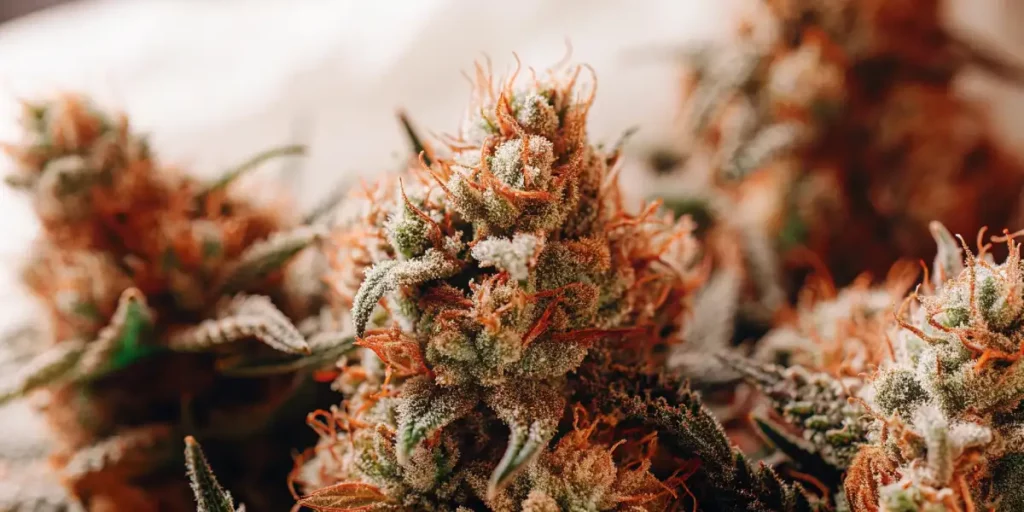
Propagation and Germination of Red Skunk Kush Autoflower
Germinating Red Skunk Kush Autoflower seeds correctly ensures a strong start for your plants. Begin by soaking the seeds in water for 24-48 hours to promote initial sprouting. Once a taproot appears, transfer the seeds to a light, well-draining growing medium.
Maintain a warm environment between 75°F and 80°F (24°C – 27°C) with a humidity level around 70%. As seedlings emerge, gradually expose them to indirect light and increase the intensity over time.
Once seedlings develop two to three sets of leaves, they can be transplanted to larger pots or their final outdoor location.
Vegetative Phase of Red Skunk Kush Auto
During this phase, plants focus on developing strong roots, stems, and foliage. Providing an 18-hour light cycle with high-intensity LED or HPS lighting promotes vigorous growth. Nutrient needs are higher in nitrogen during this phase.
Implement training techniques, such as low-stress training (LST) or topping, to optimize light distribution and encourage lateral growth. Keep a close eye on pests and diseases, and prune lower branches to enhance airflow.
Flowering Phase of Red Skunk Kush Autoflower
The flowering stage typically lasts 6 to 8 weeks. Switch the light cycle to 12 hours on and 12 hours off if desired, though autoflowering genetics allow flowering without light changes.
Phosphorus and potassium levels should be increased to support bud development. Maintain humidity around 40%-50% to prevent mold. Trichomes should be monitored for maturity to determine the ideal harvest time.
Cannabis Fertilization and Nutrition
Nutritional needs shift throughout the plant’s life cycle. Early on, nitrogen supports vigorous vegetative growth. During flowering, phosphorus and potassium aid in bud production. Use a balanced nutrient schedule and adjust based on plant responses.
Flush plants with pure water during the final two weeks to enhance flavor and reduce excess nutrients in the final product.
Pest and Disease Control
Preventative measures are essential to minimize issues with pests and diseases. Keep your grow area clean and inspect plants regularly for early signs of infestation. Common pests include spider mites, aphids, and fungus gnats. Organic insecticides and beneficial insects, such as ladybugs and predatory mites, are effective control methods.
To prevent fungal diseases like powdery mildew, maintain proper airflow and avoid high humidity levels. If infections occur, remove infected material and apply organic fungicides like neem oil or sulfur-based sprays. Additionally, maintaining a stable environment with clean tools and equipment helps reduce disease risks.
Prompt intervention and regular monitoring are vital to preserving the health of your crop throughout its life cycle.
Harvesting and Curing
Harvesting at the right time is critical to ensure maximum potency and flavor. Trichomes should appear milky or cloudy with a few amber trichomes. Use a magnifying tool to check trichome maturity across multiple buds for consistency.
When ready, use sterilized scissors to cut the branches. Hang the branches upside down in a dark room with temperatures between 60°F and 70°F (15°C – 21°C) and humidity around 50%-60%. Ensure adequate airflow to prevent mold growth.
The drying process usually takes 7-14 days, after which the buds should feel dry on the outside but retain some moisture internally. Once dry, cure the buds in airtight glass jars, storing them in a cool, dark place. Open the jars daily during the first week to release excess moisture, then reduce the frequency over the next few weeks. Proper curing can take up to a month or more, improving both potency and flavor.
Similar Strains to Red Skunk Kush Autoflower
24K Gold Autoflower: A mostly Sativa strain known for its vibrant citrus and fruity notes. It produces creative, energetic effects that can boost focus and motivation, making it a favorite for daytime use.
Acapulco Gold Autoflower: This classic strain offers earthy and pine flavors with uplifting effects. It is highly sought after for its ability to alleviate anxiety and depression while enhancing mood and energy levels.
AK 47 Autoflower: Famed for its powerful aroma of diesel and pine, AK 47 Autoflower provides a balanced experience of happiness and relaxation. It is a popular choice for both recreational users and those seeking relief from stress and fatigue.
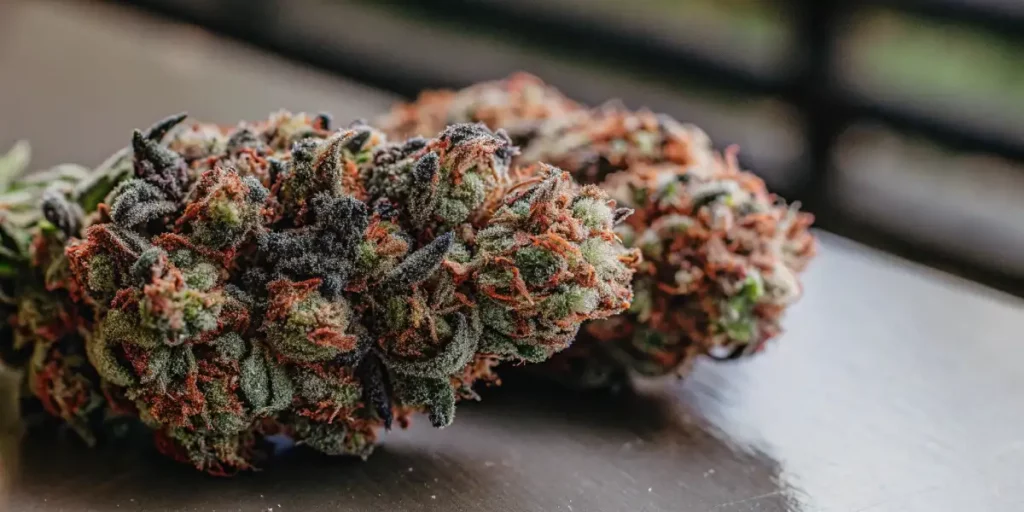
Tips for Professional Growers
Professionals often employ advanced techniques such as SCROG (Screen of Green) to maximize yields. Using CO2 enrichment can further enhance plant growth. Meticulous environmental monitoring helps maintain consistency and prevent stress.
Additionally, investing in automated systems for irrigation, temperature control, and nutrient dosing can significantly improve efficiency and yield quality in large-scale operations.
Common Mistakes When Growing Red Skunk Kush Autoflower
Overwatering is one of the most common issues new growers face. Red Skunk Kush Autoflower plants prefer a balance between wet and dry cycles. Watering too frequently can lead to root rot and stunted growth. It’s important to allow the top layer of soil to dry out before the next watering.
Another common mistake is nutrient overfeeding. Autoflowering strains have shorter life cycles and may require lower nutrient concentrations than photoperiod strains. Over-fertilizing can cause nutrient burn, leading to discolored leaves and reduced yields. Use a gradual feeding approach and monitor plant reactions carefully.
Insufficient light exposure can also hinder growth. Ensure your plants receive adequate light intensity, especially during the vegetative and flowering phases. Indoor growers should position lights appropriately to maximize coverage and prevent hotspots.
Finally, neglecting to maintain airflow and humidity control can increase the risk of mold and pest infestations. Regular pruning, proper ventilation, and environmental monitoring help prevent these issues.
FAQs
What is the THC content of Red Skunk Kush Autoflower?
The THC levels range between 12% and 16%, offering a mild yet satisfying experience suitable for both beginners and experienced users. This makes it ideal for those who prefer a balanced high without overwhelming psychoactive effects.
How long does Red Skunk Kush Autoflower take to flower?
The flowering period lasts about 6 to 8 weeks, making it a relatively fast-growing strain that fits well into tight cultivation schedules. This quick turnaround allows for multiple harvests in a single growing season.
Is Red Skunk Kush Autoflower suitable for beginners?
Yes, this strain is beginner-friendly due to its robust nature and minimal maintenance requirements. Its autoflowering genetics simplify the cultivation process by eliminating the need for light cycle adjustments. Additionally, its resistance to common pests and diseases reduces potential complications for first-time growers.
What are the medical benefits of Red Skunk Kush Autoflower?
It may help with various conditions, including arthritis, chronic pain, and insomnia. Users have reported improvements in relaxation, reduced inflammation, and better sleep quality. The calming yet slightly euphoric effects make it a versatile option for both daytime and nighttime use.
What flavors does Red Skunk Kush Autoflower have?
The strain features a rich combination of earthy and sweet flavors, providing a smooth and enjoyable smoking or vaping experience. These flavors are further enhanced by the presence of terpenes like alpha-pinene and alpha-terpinene, which add subtle herbal and woody notes.



